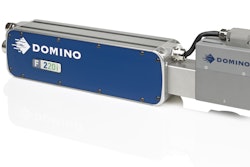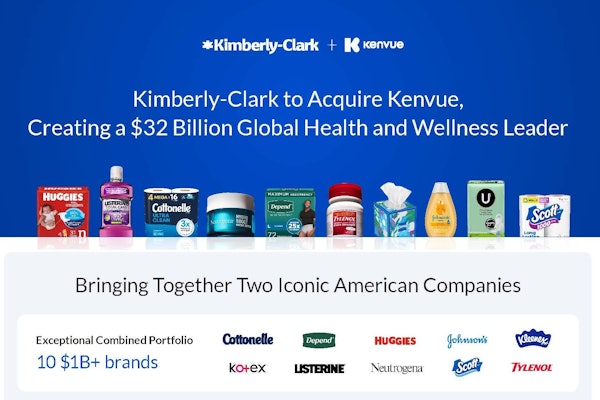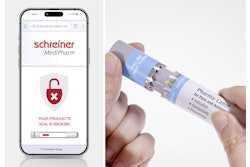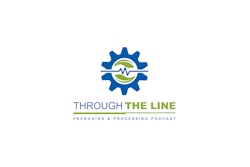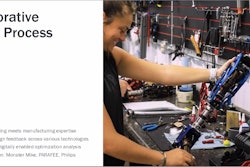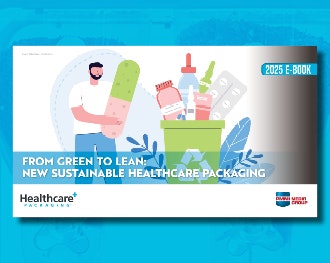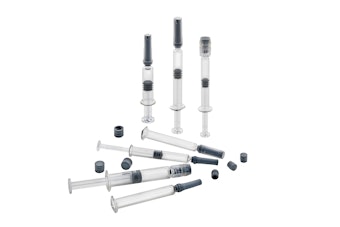Let’s take a brief pause from our in-the-moment work on meeting today’s healthcare supply chain security needs and consider what the supply chain will look like in the future. Because of regulations and laws enacted in 2012 and 2013 in the U.S., and expected in 2014 in the E.U., we know more today about how healthcare supply chain security will work in 2024 than looking forward in any previous 10-year period.
In the last two years the U.S. and the E.U. have enacted legislation and introduced regulations that will have a profound impact on the security of these major supply chains in 10 years. These include:
In the U.S.
• The FDA Safety and Innovation Act (FDASIA)
•The FDA Unique Device Identification final rule (UDI)
•The Drug Supply Chain Security Act (DSCSA)
In the E.U.
•The Falsified Medicines Act (FMA)
•The Harmonized Unique Device Identification Framework
•The anticipated Delegated Acts related to the FMA
Most of these laws and regulations deal, at least in part, with the identification of drugs and devices in a security context in the two largest markets for those products in the world.
Author Mark Davison recently discussed transatlantic alignment in the near term as the result of some of these new laws, but I want to look even farther out. By 2024, all of these laws will be fully operational. What will these supply chains look like then? Here are my predictions.
Reaping the benefits of standards
Drug and device manufacturers will be able to harmonize the identification of their products using standards that are recognized in a large portion of the world. The application of GS1 standards in pharmaceuticals extends well beyond just the U.S. and the E.U. so that supply chain will experience the greatest harmonization.
The mix of GS1 and HIBCC standards in the device supply chain will likely continue in some parts of the globe but at least companies should be able to choose one or the other for all of their products based on where those products are marketed. So even though the world may not harmonize around one set of standards, a given company should be able to.
By 2024, everything in these two markets should be marked by a 2D barcode and the linear barcode placed on healthcare packages today will be a distant bad memory—like comparing today’s smartphone with the first “portable” mobile phone. The higher density of the 2D information graphic will leave more label space available for other uses.
Less obvious, the ability to add extra data elements within the barcode without rendering the regulated data elements unreadable will allow manufacturers to provide increasingly diverse special information to downstream trading partners about each product, on both cases and units.
If current trends continue, by 2024, China will likely become the second-largest market in the world for drugs and devices. I suppose China will remain the one holdout regarding the use of global identification standards, but we can hope by then they are starting to see the light.
Blocking counterfeiters and cargo thieves
Counterfeiters and cargo thieves will be forced to move on to other types of products because dealing in pharmaceuticals and devices will become too risky. With the addition of serial numbers to drugs in both the U.S. and E.U., plus the tracing that will be required in the U.S. market and the point of dispense (PoD) authentication that will take place in Europe, it will be very difficult for these criminals to introduce their illegitimate products into the legitimate supply chain without detection. Why would they bother risking their freedom with healthcare products when less secure supply chains are available?
Recalls will execute flawlessly
Thanks to lot/batch numbers and serial numbers—increasingly referred to as “production identifiers”—encoded in every drug and device unit barcode and standardized, electronic recall notices (not widely used today), warehouse and inventory management systems will be able to monitor for recalled lots and serial numbers at every read point.
Recalled units will automatically be blocked from continuing down the forward logistics stream the instant the recall notice is received by a member of the supply chain.
Recognition of GS1 GTIN by global pharmaceutical regulators
I believe that in the next 10 years, regulators around the world as a group (except maybe China) will recognize the value of using the same way of identifying drugs and devices everywhere, and the most likely approach is GS1’s Global Trade Identification Number (GTIN).
Today a number of large countries assign national numbers to drug makers, like the National Drug Code (NDC) in the U.S., the Drug Identification Number (DIN) in Canada, and the Pharma-Zentral-Nummer (PZN) in Germany.
Not only do these different identification schemes cause difficulty for drug manufacturers, they also reduce the effectiveness of global supply chain security because it makes tracking and tracing across international borders more difficult.
I believe that in the next 10 years, countries will begin to adopt the approach first taken by the U.S. Food and Drug Administration UDI rule as a replacement for national numbering systems for healthcare products. That approach is to let the manufacturer register its chosen product identification number using one of several numbering standards, including GS1’s GTIN.
Drug serialization goes global
I think the driver to standardize the product codes globally will be the desire by smaller countries to serialize their drugs. But serialization within such a small area as Columbia, for example, would be very impractical, unless the same product code and serialization schemes are applied throughout Central and South America.
The same goes for Africa and Asia. Once smaller countries realize this, I think we will see them banding together and aligning around GS1 standards as a group so that manufacturers will be happy to supply serialized and traceable product across entire regions, not just within the borders of single countries. Once serialized by the manufacturer, local regulations can impose track-and-trace or authentication regulations based on those serial numbers on internal distribution of those drugs. Everyone wins.
Will RFID have an impact in 10 years?
I predict that RFID will still not be widely used in healthcare supply chains for tracking and tracing products at the unit level. But I am equally confident that other use cases will be found that will tolerate the lower read reliability of non-line-of-sight technologies so RFID will play a role in our supply chain by 2024 in one way or another.
Tag and reader prices should continue to drop slowly over that time and perhaps manufacturers will begin to use RFID on their cases where tunnel and portal readers can isolate the intended target product and can use higher power antennas.
What are your predictions? Any way you look at it, the supply chain will be significantly more secure and more efficient in 10 years, thanks to today’s legislation.
Dirk Rodgers, who contributed to Healthcare Packaging’s Pharmaceutical Serialization Playbook, is an independent consultant and founder of RxTrace. He has contributed to many industry groups that have been formed over the last 10 years to investigate solutions to the problem of counterfeit and other illegitimate drugs in the legitimate supply chain. He served as co-chair of a number of key technical work groups in GS1 and GS1 US. These include the original GS1 EPCglobal Drug Pedigree Messaging work group that created the DPMS pedigree standard, the Network Centric ePedigree (NCeP) work group, and the RFID Barcode Interoperability Guideline work group. Rodgers holds a BS in Electrical and Computer Engineering from the University of Wisconsin-Madison. ‘RxTrace’ is copyrighted by Dirk Rodgers Consulting, LLC—all rights reserved.




